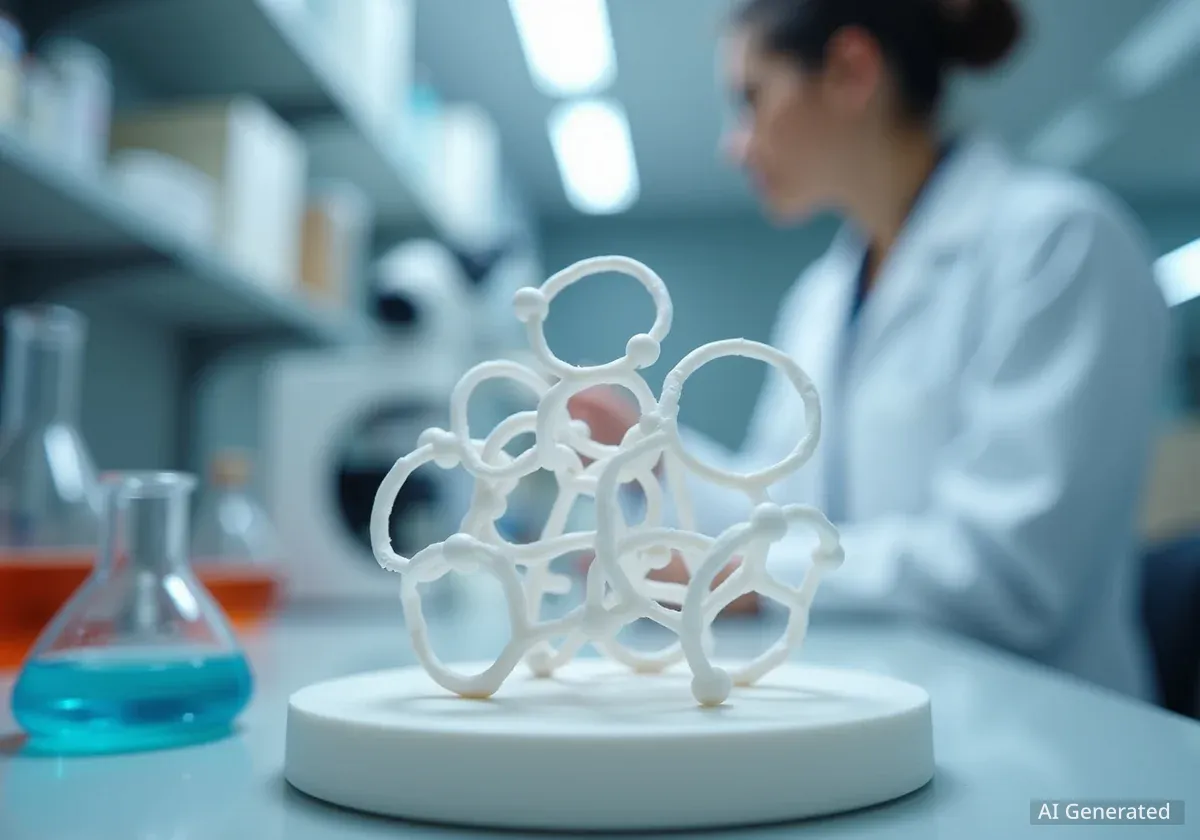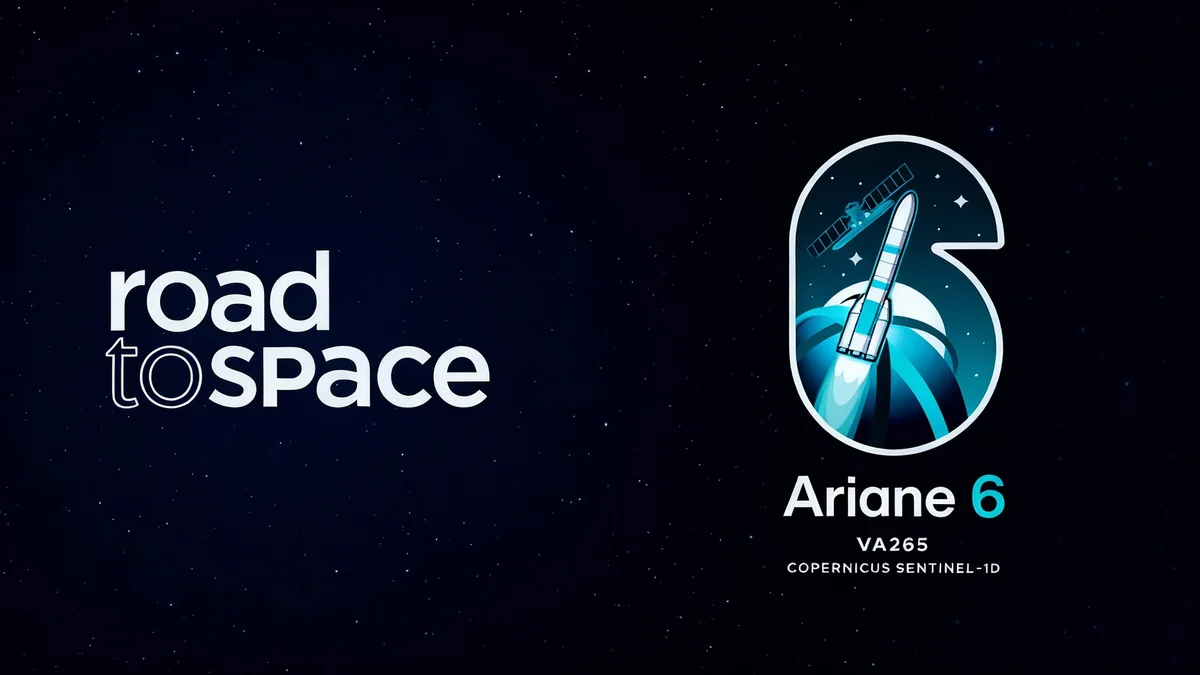NASA has awarded funding to a collaborative research project involving Louisiana State University (LSU), Louisiana Tech University, and Southern University and A&M College. The project aims to develop a new method for assembling structures in space using a unique class of polymers known as vitrimers, which could significantly reduce the weight and cost of future space missions.
The research focuses on integrating these advanced materials with ultrasonic welding techniques. If successful, this innovation could replace traditional metal fasteners like rivets, leading to lighter, more durable, and more sustainable construction for satellites, habitats, and other in-space infrastructure.
Key Takeaways
- LSU, Louisiana Tech, and Southern University are collaborating on a NASA-funded project to research vitrimer polymers.
- The goal is to use vitrimers with ultrasonic welding for assembling structures in space.
- This new method could reduce the weight of space assemblies by up to 35% and costs by up to 50%.
- Vitrimers combine the reprocessability of thermoplastics with the strength of thermosets, making them ideal for space applications.
- The project provides hands-on research experience for undergraduate and graduate students, preparing them for careers in the space industry.
A New Class of Materials for Space
The research is led by Genevieve Palardy, an associate professor in mechanical engineering at LSU. Her team is exploring vitrimers, a relatively new type of polymer that bridges the gap between two common plastics: thermoplastics and thermosets. This unique position gives them a combination of highly desirable properties for the harsh environment of space.
Thermoplastics, like the material used in plastic bottles, can be melted and reshaped multiple times. Thermosets, such as epoxy, undergo a chemical change when cured, making them permanently hard and strong but not recyclable. Vitrimers offer the best of both worlds.
“Vitrimers are in between thermoplastics and thermosets,” Palardy explained. “They have advantages from each category. They can be reprocessed and recycled, but they also have mechanical properties and thermal resistance similar to thermosets.”
Understanding Polymer Types
- Thermoplastics: These polymers soften when heated and harden when cooled. This process is reversible, allowing them to be easily recycled and remolded. Common examples include polyethylene (plastic bags) and PET (soda bottles).
- Thermosets: These materials are formed through a curing process that creates strong, irreversible cross-links between polymer chains. Once set, they cannot be melted or reshaped. They are known for their high strength and thermal stability. Examples include epoxy resins and polyester.
- Vitrimers: This newer class contains dynamic covalent bonds that can break and reform at high temperatures. This allows the material to be reshaped and repaired like a thermoplastic while retaining the robust structure of a thermoset.
This dual nature is critical for space applications, where materials must be both durable and adaptable. The ability to repair or reconfigure structures in orbit using recyclable materials could fundamentally change how missions are designed and executed.
The Ultrasonic Welding Advantage
The project's second key component is ultrasonic welding. This industrial technique uses high-frequency vibrations to generate friction and heat, melting a polymer film placed between two components to bond them together. Palardy’s expertise lies in applying this process to advanced materials like carbon fiber composites.
The process involves a tool called a sonotrode, which presses the materials together while applying ultrasonic vibrations. This creates a strong, seamless join without the need for heavy metal fasteners like bolts or rivets. By combining this technique with vitrimers, the team hopes to create lightweight yet incredibly strong bonds for space structures.
Project Goals and Potential Impact
The research aims for significant improvements over current assembly methods:
- Weight Reduction: Up to 35% lighter than structures using traditional metal fasteners.
- Cost Reduction: Up to 50% lower assembly costs.
“Fiber-reinforced polymers, for example, are interesting because they can further reduce the weights of existing structures or components while maintaining the structural performance,” Palardy said. Reducing the weight of components is a primary objective in aerospace engineering, as it directly leads to lower fuel consumption for launches.
The Science Behind Vitrimers
Guoqiang Li, a professor of mechanical and industrial engineering at LSU, is collaborating on the project, bringing his expertise in polymers and composite materials. He explained the unique chemistry that makes vitrimers so promising.
“A vitrimer is typically a chemically crosslinked polymer network containing dynamic covalent bonds — bonds that can reversibly break and reform,” Li stated. “These dynamic bonds allow the material to soften or flow and be reprocessed at temperatures above its glass transition temperature, all while maintaining its overall crosslinked structure.”
This ability to be reprocessed is a significant advantage in the context of deep space exploration. For long-duration missions to the Moon or Mars, the ability to reuse and repair materials is essential for sustainability and mission success. Traditional thermosets, once they reach the end of their service life, become solid waste. Vitrimers, however, can be recycled or even self-heal, making them a much greener and more practical alternative.
“As a result, vitrimers offer significant advantages for NASA missions, for example, serving as matrix materials for fiber-reinforced polymer composites,” Li added. Their properties make them an ideal candidate for building everything from satellite bodies to habitats on other planets.
Fostering the Next Generation of Engineers
Beyond the technological advancements, the NASA-funded project serves a vital educational purpose. It provides a unique opportunity for both undergraduate and graduate students from all three participating universities to gain direct, hands-on experience in a cutting-edge research environment.
Students will work alongside faculty and interact with NASA personnel, giving them invaluable insights into the aerospace industry. This experience is designed to prepare them for future careers in advanced manufacturing, materials science, and space engineering, helping to build a skilled workforce for the growing space economy.
The collaboration between LSU, Louisiana Tech, and Southern University also strengthens the state's position as a hub for aerospace research and development. By pooling their expertise and resources, the universities are tackling a challenge with the potential to revolutionize how we build in space, ensuring that the next generation of explorers has the tools they need for future missions.





